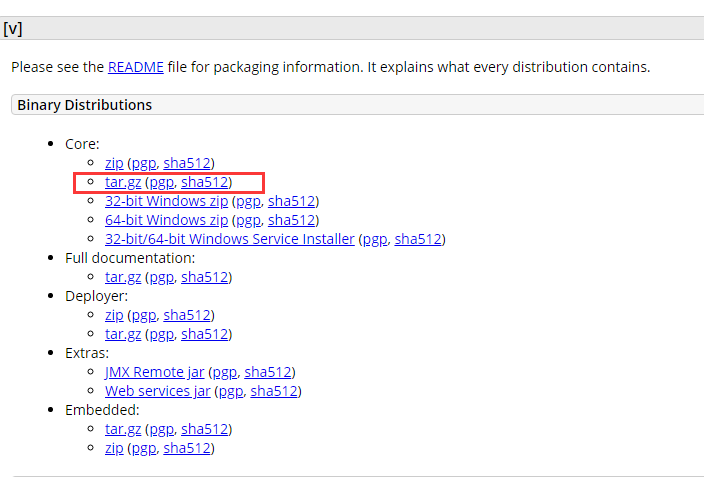


Note: in order for the admin user to also access the management console at it is imperative that this user is granted the manager-gui role. Tomcat is now ready to have applications deployed to it – for example from within NetBeans. The home page can be accessed at – in my case localhost and port 8085:
#Download tomcat 8.5 centos rpm zip file
The Tomcat output console appears in NetBeans:Īfter a few seconds, Tomcat is running. Download the Artifactory ZIP file from here, copy it to the linux machine using a utility like Winscp, extract it and simply runOpen the Services Window (from the Window menu – option Services or using Ctrl-5). Now the Tomcat 7 Server can be started (and stopped, deployed to etc.) from within NetBeans. The newly configured Server is presented: Also provide credentials for a Tomcat Administrator account ( in my case I used admin/admin). Provide the location where this server instance is installed – the target directory for the extraction of Tomcat 7. Select the type of Server to add and provide a name for it – just for reference within NetBeans. The list of currently configured servers appears. Open the Tools menu and select the option Servers: Then, unzip the file and create a new symbolic link to the folder. Of course, you can use another mirror to download it. Next I turn to NetBeans to configure Tomcat 7 as a new server. After this, make sure wget is installed because we will use it to download Apache Tomcat. Installation of Tomcat starts with downloading Tomcat, from the Apache site: Īfter downloading the zip-file, I extracted it to c:\java (the location is of your own choosing though). Download the Tomcat zip file with wget to the /tmp directory: Once the download is complete, extract the tar file to the /opt/tomcat directory:: Tomcat is updated on a regular basis. In a previous blog I described the installation of NetBeans ( ). Before continuing with the next step, check the Tomcat 9 download page to see if a newer version is available. And as testimonial to the ease of use the development teams behind Tomcat and NetBeans provide to the world of Java developers.

Still, a brief blog article explaining the steps – for even easier lives for Java Web developers. Installing Tomcat 7 is dead-easy and configuring Tomcat as Server in NetBeans to allow direct (re)deployment of web applications from within NetBeans is just as easy. Most notably, it supports version 3.0 of the Servlet API (application programming interface) and version 2.2 of JavaServer Pages, both part of the recently ratified JEE 6.
#Download tomcat 8.5 centos rpm full
While not a full application server, Tomcat implements the functionality described in the Java Enterprise Edition Web profile specifications. Tomcat 7 is a Servlet Container – a fairly light weight container, very convenient for development and testing.


 0 kommentar(er)
0 kommentar(er)
